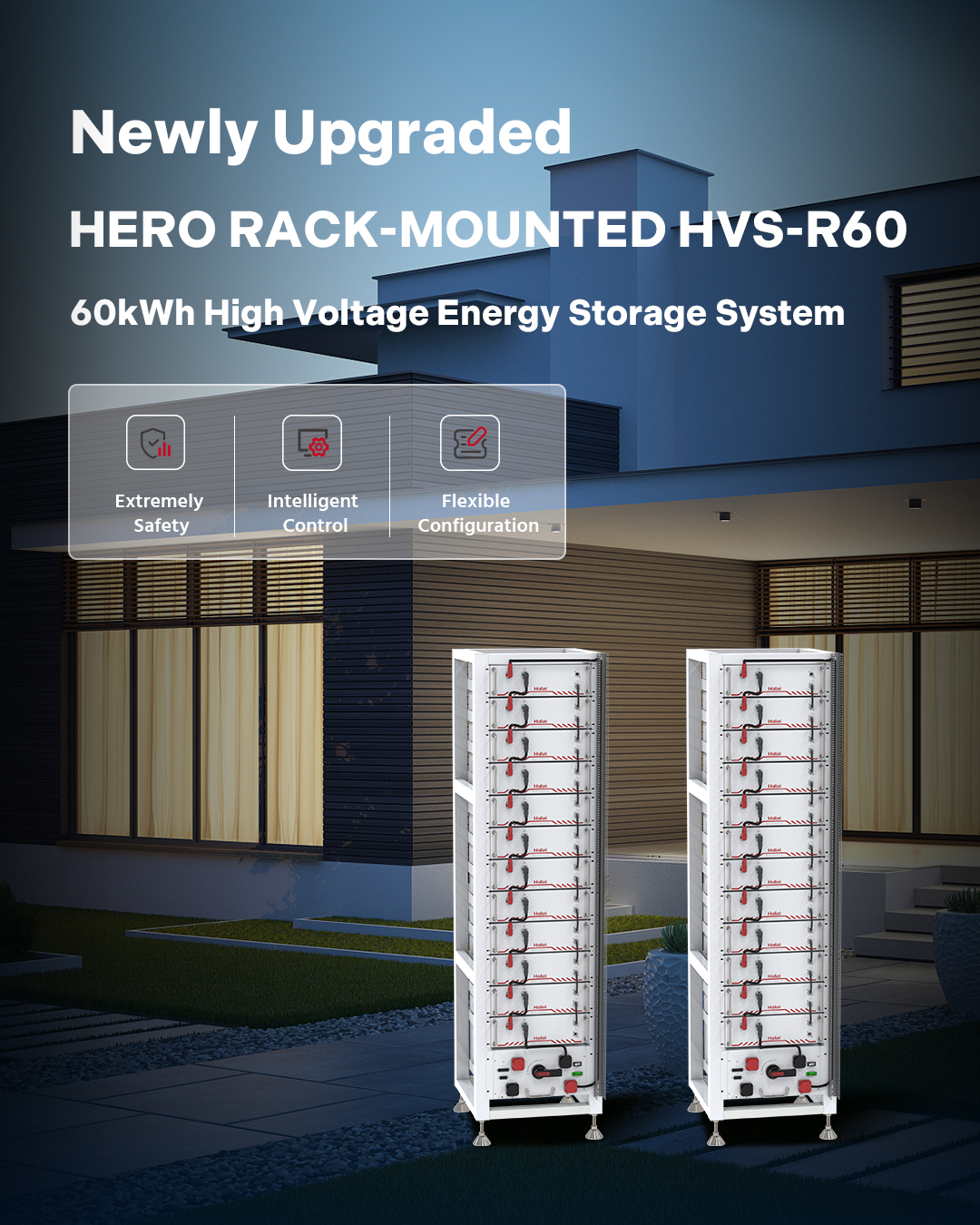Time:Nov 09, 2023 Views:744
The distribution network is important for direct power supply to power loads, and at present, users have increasingly high requirements for power quality and power quality. Environmental and policy factors make this traditional large power grid unable to meet the requirements of various loads well. Energy storage technology provides a new path to solve this problem. Energy storage systems have great market prospects in microgrids, which greatly improve the power quality, stability, and reliability of the power grid.
1. Supply short-term power supply
There are two typical operating modes of microgrids: grid connected operation mode and island operation mode. Under normal circumstances, the microgrid operates in parallel with the conventional distribution network; When a power grid fault or power quality event is detected, the microgrid will be disconnected from the power grid for independent operation in a timely manner. During the conversion of these two modes in microgrids, there is often a certain power shortage. Installing a certain energy storage device in the system can ensure a smooth transition and system stability. In new energy generation, due to changes in external conditions, there is often no electricity output (such as photovoltaic power generation at night, wind power generation without wind, etc.). At this time, the energy storage system needs to continuously supply power to the users in the system.
2. Peak shaving of electricity
Due to the fact that micro sources in microgrids are mainly composed of distributed power sources, their load capacity cannot always remain unchanged and fluctuate with changes in weather and other conditions. In addition, the scale of microgrids is generally small, and the system's self-regulation ability is poor. The fluctuations in the power grid and load will have a very serious impact on the stable operation of microgrids. In order to regulate the peak load in the system, it is necessary to use a peak shaving power plant to solve it. However, at present, important peak shaving power plants are expensive to operate and difficult to achieve.
Energy storage systems can effectively solve this problem by storing excess energy from the power supply during low load periods and feeding it back to the microgrid during peak load periods to regulate power demand. As a necessary energy buffer link in microgrids, energy storage systems are becoming increasingly important in their use. It not only prevents the installation of generator sets to meet peak loads, but also fully utilizes the power generation of units during low load periods to prevent waste.
3. Improve the power quality of microgrids
To operate as a micro source in parallel with the large power grid, microgrids must meet the requirements of the power grid for power factor, current harmonic distortion rate, voltage flicker, and voltage asymmetry. In addition, microgrids must meet the requirements of their own load for power quality, ensuring that the supply voltage, frequency, and number of power outages are within a very small range. The energy storage system plays a very important role in improving the power quality of microgrids. By controlling the grid connected inverters of microgrids, the energy storage system can regulate the supply of active and reactive power to the grid and load, achieving the goal of improving power quality.
Regarding micro power sources such as photovoltaic or wind power in microgrids, changes in external conditions can lead to changes in output power, leading to a decrease in power quality. If such micro power sources are combined with energy storage devices, they can effectively solve power quality problems such as voltage sags and voltage sags. In the power quality regulation device of microgrids, in response to problems such as instantaneous power outages, voltage surges, and voltage drops caused by system faults, energy storage devices are used to provide fast power buffering, absorb or supplement electrical energy, provide active power support, and compensate for active or reactive power to stabilize and smooth the fluctuation of grid voltage.


X

Appointment Experience